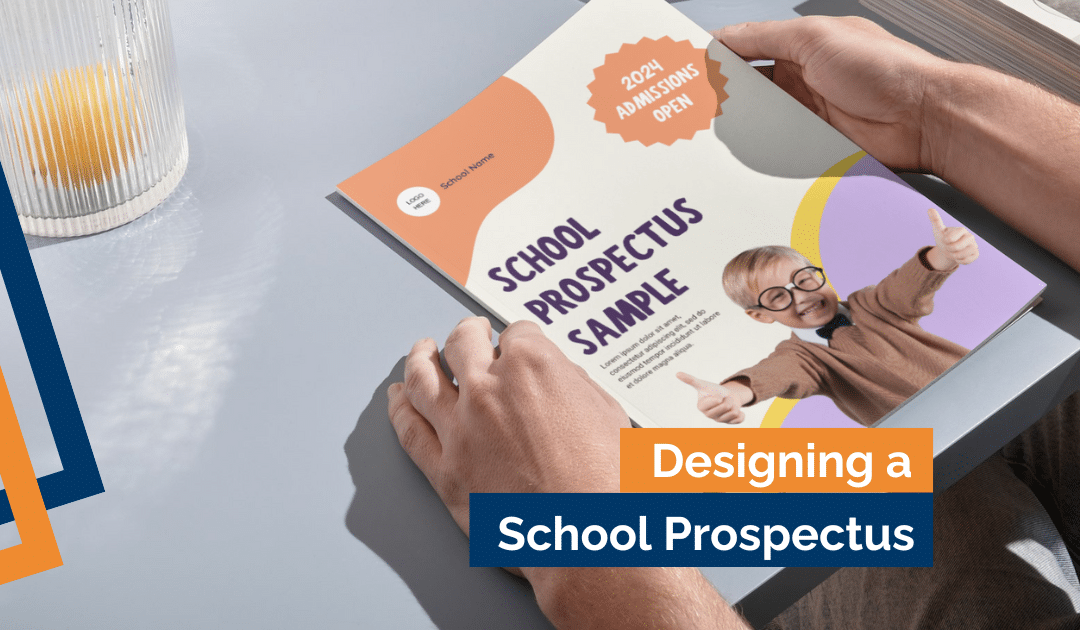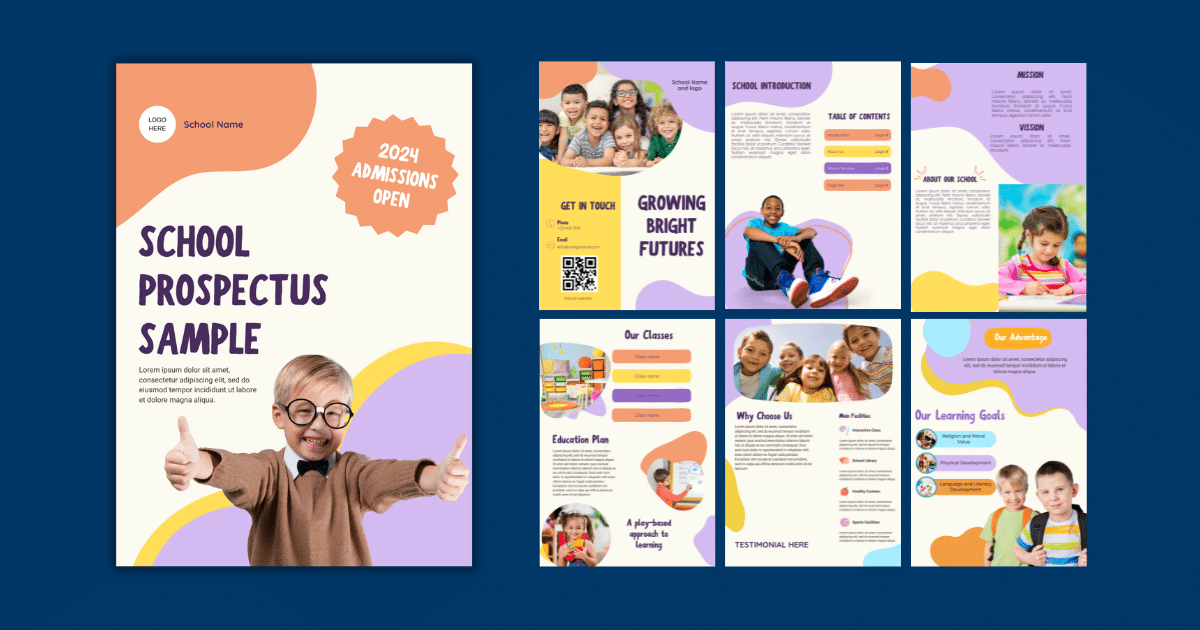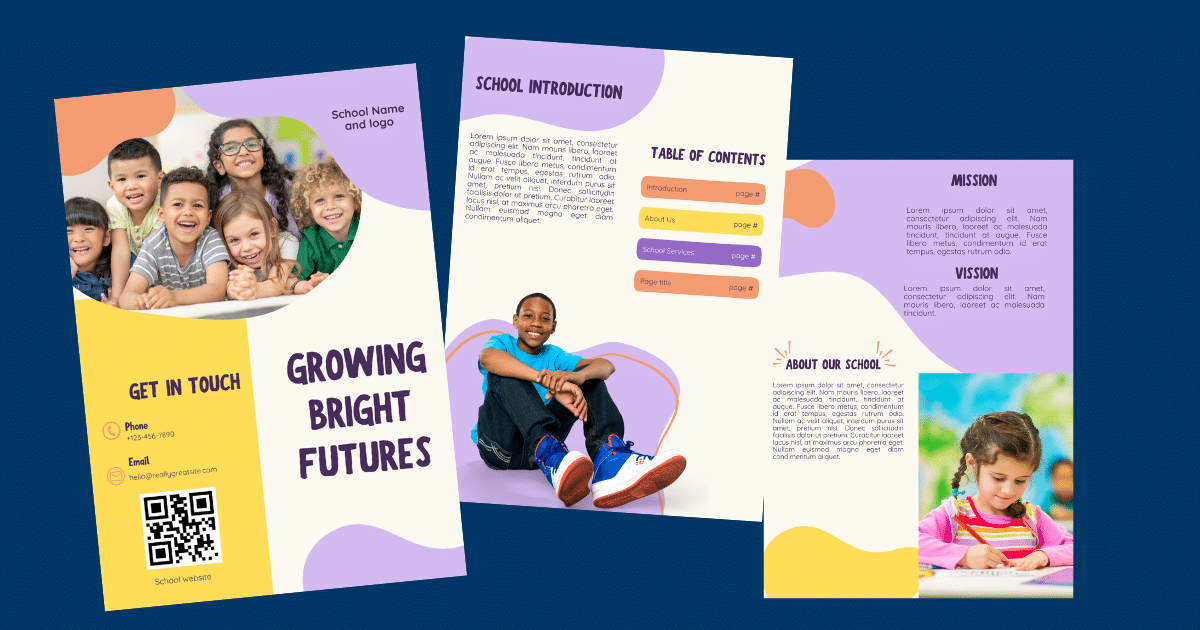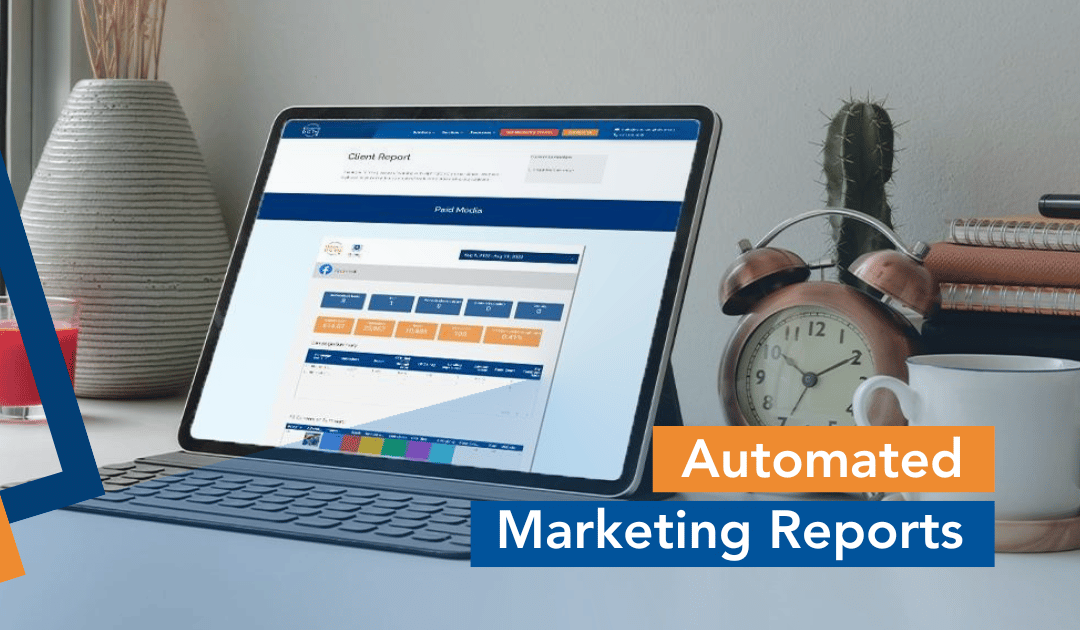
A case for Google Search Ads in your Marketing Mix
Article by Joeline Dabrowski
With billions of searches per day on Google, Search Ads can ensure that you get your brand in front of the right audience at the right time. If you want to start capitalizing on this number of daily searches and earn the attention you need to grow your enrolments, then search ads are a great way to complement your other marketing efforts!
What is Google Ads?
Google Ads is an online advertising platform developed by Google. The platform allows you to create online ads to reach audiences that are interested in the products and services you offer. Google Ads platform runs on pay-per-click (PPC) advertising, which means that you pay every time a visitor clicks on your ad.
If you are wondering what some of the benefits of advertising on this platform are, then this article is just for you!
Here are some of the reasons why you should be considering Google Ads.
SEVEN Benefits of Google Ads
1. Google has a massive reach
When looking for a solution, Google is generally the place people go to find an answer to their question. With an estimated 63,000 search queries every second, this translates into 5.6 billion searches per day and approximately 2 trillion global searches per year.
This means that search advertising is the perfect way to ensure you get your message in front of the right audience to help them find the answers to their questions.
2. Google Ads complements your other marketing efforts
Google Ads isn’t your only option when it comes to paid advertising online, but it can compliment all your other marketing efforts. If we consider Facebook and Social Media as an example, both these channels can work together with Google Search and feed off each other if used effectively.
Google Ads is a great place to be to generate leads as campaigns can be set up to target specific audiences. For example, when targeting customers using Google Ads, your typical visitor will have some degree of transactional intent and a successful campaign will leverage this.
3. Harness intent
The biggest difference between the people you’re reaching with Google Ads and the people you’re reaching with other forms of advertising is their intent.
On the search network, though, you’re advertising to people who are looking for something specific, like the “best schools in Melbourne” or “private school options”. When your ad appears, this helps people find a solution and prospects come to you for you to help them find the answers they need.
4. A range of targeting and flexibility
Google Ads provides endless options to customize your campaigns and ads to your particular needs, as well as targeting the audiences you most want to reach.
With Google, there’s something for every school and every prospect at every stage of the buyer’s journey. Google Ads allows us to bid on broad keyword search terms as well as very specific phrase keywords to target people along each stage of their product research phase. This also allows your ads to be fully optimised by knowing if one ad for a keyword is working, but another one isn’t, it can be changed. The beauty being that we can boost your performance for optimal results!
5. Google Ads is Measurable
With almost instant feedback and results, Google Ads allow us to use real time metrics to improve campaigns and make the necessary adjustments.
Google makes everything straightforward and easy to understand. We can measure results and information like clicks, impressions, keywords and budget. We can see what search terms people are looking for and adjust ad copy to ensure your ads are gaining the best results possible.
6. Get quicker results than with SEO
SEO can deliver exceptional long-term value but if you are looking for results straight away, Google Ads is the way to go.
Search ads increase your chances of people seeing you first thing once they type their search query into Google. Ads have evolved and are more engaging especially if you have taken the time to create the write message for your audience. Ads can also be set up to display information about your business so your advert can include things like your phone number, site links, testimonials, information about your location, your opening hours, and so much more!
7. Google Ads results may convert better than organic results
Search Ads are very targeted to peoples search terms. When you look at the results after typing in a search query, you generally will find an Ad to be the first result seen on the page as below. If everything in your ad is working as it should to ensure that your keywords are tied to relevant ad copy and a good landing page experience when someone clicks on your ad, this ensures that your prospect is getting all of the information that they are after making a conversion more likely to happen if someone has taken the step of clicking on your ad.
Why use Google Ads?
The simple answer here is “Why not?”
With search ads, there is something on offer for schools of all sizes with different budgets and different advertising goals. Search ads set up with the clear objectives are bound to yield positive ongoing results that can set you apart and ensure you are consistently targeting your audience with the message you want to have heard.
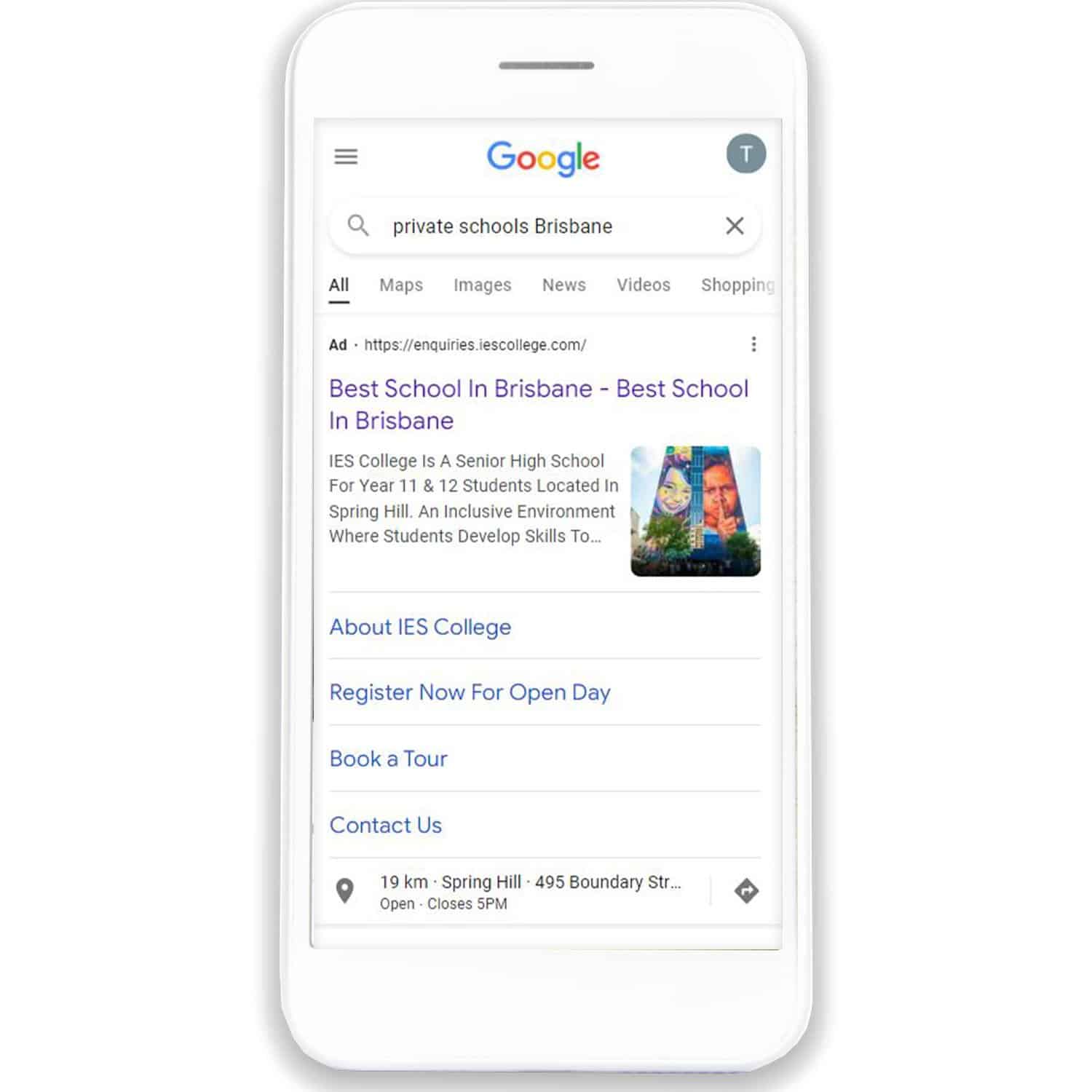

Joeline is our google Ads Specialist. She enjoys looking at the numbers and ways to improve results for clients. Outside of work, she is keeping up with her kids’ social activities and spending quality time with her family.
If you have any questions regarding Google Ads, please email Joeline@robertsdigital.com.au

